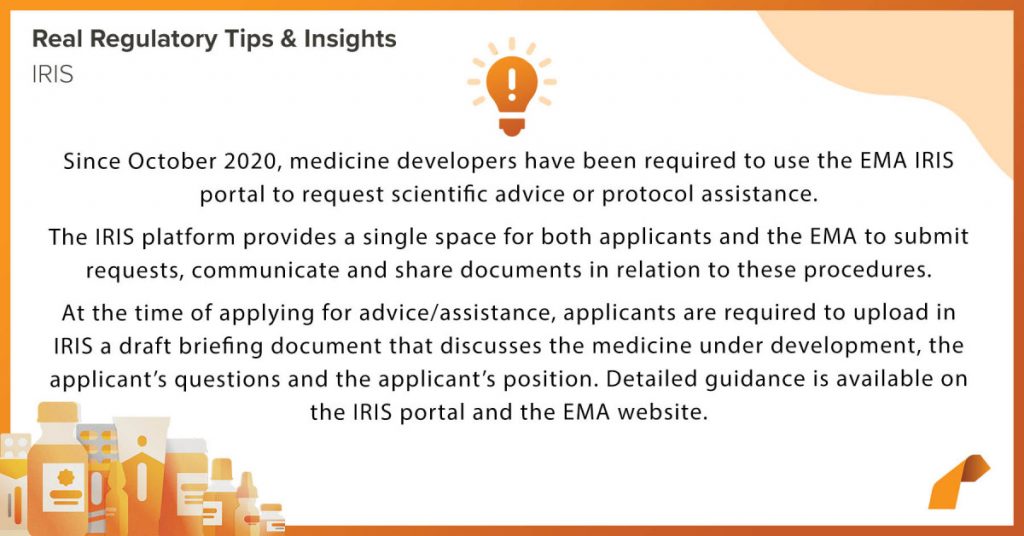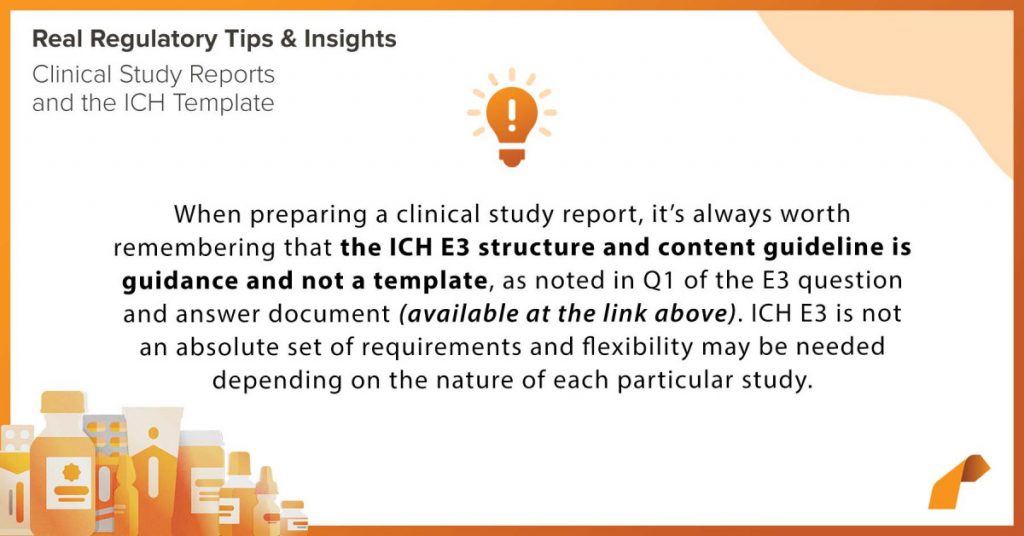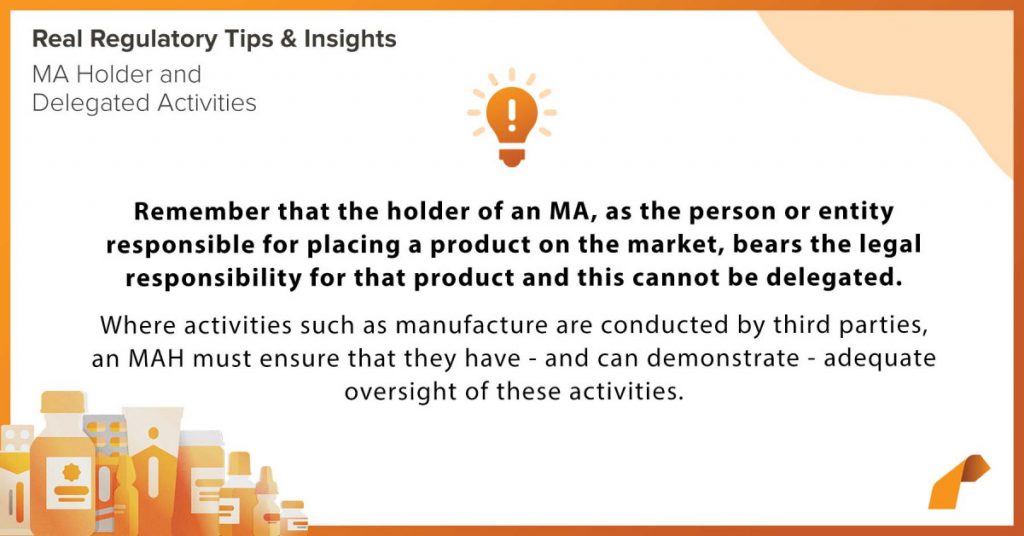Last week’s round -up;
09-13 August 2021
Revised WHO guidance on GMP for investigational products and R&D facilities
The WHO released a revised draft guidance to industry addressing GMP for investigational drug products and new draft guidance on GMP principles for research and development (R&D) facilities in the context of the COVID-19 pandemic. The guidance on GMP for investigational drug products contains news recommendations on GMP issues related to quality management, quality risk management, personnel and documentation considerations. Issues related to manufacturing premises, equipment and utilities, materials and production are also addressed. Sections on the quality unit, qualifications and validation, complaints, recalls, returns, shipping and destruction are also covered. Some of the new recommendations include the requirement for a responsible person to be designated for the release of batches. The GMP guidance related to R&D facilities covers quality management and quality risk management in product research and development. It includes recommendations on sanitation and hygiene, qualification and validation, outsourced activities, self-inspection and quality audits, personnel training, premises, equipment and instruments and materials, documentation, processing and process design, quality control, stability and technology transfer.
Both draft guidelines are available for comment until 31st August 2021: https://bit.ly/RealCMC-2VU4jUD
New EMA Q&A on Clinical pharmacology and pharmacokinetics
The EMA has released a new Q&A 6.5 on Clinical pharmacology and pharmacokinetics. The new Q&A gives recommendations on how large the deviations from proportionality in composition can be in the case of fixed combinations with highly soluble active substances in an application with multiple strengths. For fixed combinations (FCs) consisting of multiple strengths, small differences in proportionality of compositions may preclude the waiver of the additional strength and result in the request of an additional in vivo bioequivalence study. However, in the case that all the active substances in the FC belong to BCS Class I or III drugs (highly soluble active substances), the risk of non-bioequivalent additional strength formulations is negligible, if the conditions specified in the Q&A are fulfilled. Therefore, a waiver for additional strengths is acceptable even though the additional strengths deviate from proportionality in composition, provided the conditions are met.
https://bit.ly/30oSmGp
UK MHRA publishes the new Access Consortium Strategic Plan for 2021-2024
The Access Consortium is committed to maximizing collaboration by aligning regulatory and policy approaches, reducing duplication, and facilitating the member country populations’ access to high quality, safe and effective health products. This group originally consisted of the regulatory authorities in Australia, Canada, Singapore and Switzerland (previously referred to as ACSS). With the addition of the UK MHRA in October 2020, ACSS changed its name to Access Consortium, and now represents a collective population base of 150 million people across the 5 member countries. The Access Consortium has now published a three-year strategy covering 2021-2024, and further information and the document itself can be found through the following link: https://bit.ly/RRL-3g88UJV
Reflection paper on GMP and Marketing Authorisation Holders
The EMA has adopted the Reflection paper on Good Manufacturing Practice and Marketing Authorisation Holders. Although many MAH companies are not directly involved in the manufacture of medicinal products themselves, the current European Commission Guide to GMP refers, in several places, to MAHs and their responsibilities in relation to GMP. The new Reflection Paper provides clarity as to what the various responsibilities are and what they mean for MAHs at a practical level. This reflection paper also addresses the various legislative provisions (i.e. in European Directives, Regulations and in other guidelines) which relate to GMP and which concern MAHs.
https://bit.ly/RealCMC-3xypFn5
UK MHRA issues updated guide to “defective medicinal products”
The MHRA Guide to Defective Medicinal Products regarding reporting, investigating and recalling suspected defective medicinal products to the Defective Medicines Report Centre (DMRC) has been updated, and can be found at the following link: https://bit.ly/RRL-2VHcTFT
CMDh Meeting Report – July 2021
The CMDh has released a report on the meeting that was held on 20th-21st July 2021. Various topics were tackled during the meeting including the following:
· An update to the CMDh Questions & Answers on implementation of outcome of Art. 31 referral on angiotensin-II-receptor antagonists (sartans) containing a tetrazole group – As outlined in Q7, under Condition B a response to the Article 5(3) referral is always needed for sartans containing a tetrazole group. Therefore, since it is considered that a risk of nitrosamines is always present for tetrazole sartans, due to their chemical structure, a Step 2 response is always expected and MAHs who previously submitted a Step 1 ‘no risk’ response, are expected to reconsider and submit a Step 2 response.
· Active Substance Master File (ASMF) worksharing – The CMDh strongly recommends the use of ASMF worksharing to save resources and promote a harmonised assessment when submitting an application for a medicinal product containing an ASMF.
https://bit.ly/RealCMC-3Ass5p8
(more…)
June 2021
Real Regulatory Tips and Insights
The tips we published in June 2021 are collected here, for convenience. Make sure you follow Real Regulatory Ltd and Real CMC for regulatory news, reports and hints.
IRIS

Clinical Study Reports and the ICH Template
https://database.ich.org/sites/default/files/E3_Q%26As_R1_Q%26As.pdf

MA Holder and Delegated Activities

Last week’s round-up;
22 – 26 June 2020
Mutual Recognition of European/US GMP Inspections
Earlier this month, the European Commission, EMA and the FDA held their 2020 bilateral regulatory dialogue meeting. Various topics were discussed including the mutual recognition of GMP inspections. In July 2019, the authorities fully implemented the MRA for certain human medicines, and in this month’s meeting the next milestones in this regard were tackled. These milestones include the expansion of the MRA to veterinary medicines and the inclusion of vaccines and plasma-derived products by July 2022 is under consideration.
https://bit.ly/RealCMC-31pCjZ8
EC: European Reference Networks (ERN) ecosystem to horizon 2030
In 2 virtual meetings organized on 17 and 18 June, the Coordinators and the Board of Member States shared information on initiatives put in place during the pandemic to support patients affected by rare diseases and to draw lessons for a potential second wave. They discussed the questions related to the on-going enlargement process of the ERNs through the recent inclusion of Affiliated partners and the forthcoming new members in 2021. They also spoke to the implications in terms of financing, use of the virtual consultation platform CPMS and integration of the ERNs within national systems. The discussions on the current system, then kick-started a brainstorming concerning a more long term vision of the whole ERN ecosystem by horizon 2030, that will continue for discussion in future meetings.
The entire press release can be found here: https://lnkd.in/dsUUHTg
EMA nominates Emer Cooke as new EMA Executive Director
At an extraordinary virtual session on 25 June, the Board of the EMA selected Emer Cooke from a shortlist of candidates created by the European Commission.Ms Cooke will now be invited to give a statement to the European Parliament’s Committee on Environment, Public Health and Food Safety (ENVI) on 13 July 2020. The appointment of the new Executive Director will be made after that meeting. Emer Cooke, an Irish national, is currently the Director of the Regulation and Prequalification Department at the World Health Organization (WHO) in Geneva.
Further details of the press release can be found here: https://lnkd.in/d3FzZhk
EMA Press Release: Data requirements for phase 3 COVID-19 trials
Convergence on key aspects of phase 3 CT designs will help developers to generate robust evidence on potential COVID-19 vaccines and to consistently meet the needs of global regulators. This should expedite and streamline development and authorisation of vaccines against COVID-19. On 22 June in a workshop organised by EMA and FDA under the umbrella of ICMRA, global regulators focused on non-clinical and clinical data from early phase studies that are needed before proceeding with advanced (phase 3) trials, further details can be found here: https://lnkd.in/dSxNeJ7
Nitrosamines and other unexpected impurities: lessons learnt
The European Commission, the EMA, national competent authorities in the EEA and the EDQM have issued recommendations that draw on lessons learnt from the presence of nitrosamines in sartan medicines, which are widely used to control blood pressure. With these recommendations, European regulators aim to clarify the roles and responsibilities of pharmaceutical companies and to amend the guidance on the control of impurities and GMP. The management of detected impurities, communication with patients and healthcare professionals, and international cooperation are also included in the recommendations. The European Network hopes that this guidance will help regulators and companies prevent and mitigate the risks of nitrosamines and other unexpected impurities in the future.
https://bit.ly/RealCMC-2A71p44
FDA, EC and EMA intensify collaboration
The EC, EMA and FDA have further intensified their collaboration through regular interactions, notably under the umbrella of the International Coalition of Medicines Regulatory Authorities (ICMRA). Topics discussed in the June meeting include; sharing experience and challenges on development of Covid19 vaccines, co-operation on therapies for ultrarare diseases, real world evidence, GMP mutual recognition agreements, orphan and pediatric medicines.
The full press release can be found here: https://lnkd.in/dmd44NW
Free EMA SAWP protocol assistance for Academia
Free EMA SAWP protocol assistance for Academia Applicants from the academic sector can receive free protocol assistance for developing orphan medicines, as of 19 June 2020. EMA offers this incentive to further encourage the development of medicines for rare diseases. The fee waiver for academia is available to: public or private highereducation establishments awarding academic degrees; public or private non-profit research organisation whose primary mission is to pursue research; international European interest organisations (as defined in Regulation (EU) No1290/2013). Firstly, the applicant must be established in the EEA. Secondly, the applicant must neither be financed nor managed by private for-profit organisations in the pharmaceutical sector, nor have concluded any agreement with any pharmaceutical companies about sponsorship or participation in the research project in question.
Full details of the scheme can be found here: https://www.ema.europa.eu/en/partners-networks/academia
EMA SAWP meeting dates for 2021
EMA has issued dates for the 2021 SAWP meetings and deadlines for submission of scientific advice, protocol assistance, qualification of biomarkers and parallel consultation requests. Full details can be found under this link: https://lnkd.in/gQyeQkS
EC requests expression of interest in a consultation on voluntary sharing of market launch intentions
The EC has invited stakeholders to comment on a pilot project which will request prospective MAHs to declare their market launch intentions on a voluntary and confidential basis. The pilot aims to raise awareness of the limited roll-out of CP medicines in some EU Member States, and to improve regulators’ understanding of the reasons behind delayed market launch. The focus of the pilot will be on orphan medicines and medicines to treat cancer with the deadline for comments on 22 July 2020.
As link to the EC site can be found here: https://lnkd.in/dTgpa8m
Ph. Eur. Revised Raman Spectroscopy Chapter Public Consultation
The Ph. Eur. is seeking feedback on the revised draft chapter 2.2.48 on Raman Spectroscopy. Recent technological developments in Raman spectrometry have prompted several updates as well as the addition of new sections to the chapter: • Update of the section on response-intensity scale. • A new section on spectral resolution using calcium carbonate. • Procedures for the comparison of spectra have been included. The draft chapter is published in Pharmeuropa 32.3 and is open for public consultation between July and September 2020. Users who wish to submit comments but are unable to do so by the end of the consultation period due to COVID-19, are encouraged to contact their National Pharmacopoeia Authority in Ph. Eur. member states or the EDQM Helpdesk. https://bit.ly/RealCMC-2Yrh1Zy
EC proposes relaxing GMO regulations for COVID-19 vaccines
The European Commission (EC) has proposed changes to the EU regulation of genetically modified organisms (GMOs), which would relax the requirements for the development of COVID-19 vaccines. The proposed changes would allow the clinical trials of GMO-containing candidate vaccines and COVID-19 treatments to start within the shortest possible timelines. The EC still plans to include an environmental risk assessment as part of the marketing authorization procedure for any products that fall under the proposed relaxed GMO regulations. These proposed regulations would also allow the distribution of medicinal products containing GMOs under a compassionate use exemption of Regulation (EC) No 726/2004. The EC has also indicated that this proposed regulation is temporary and is applicable only for the duration of the pandemic: https://bit.ly/RealCMC-3hSN0t0
EMA: Updated procedural advice for orphan medicinal product designation
The EMA updated its procedural advice for orphan medicinal product designations on 15th June 2020. Applicants are now required to provide a description of the mechanism of action of their medicine in lay language in a maximum of 100 words. The text should describe as simply as possible the clinically relevant principle mechanism of action, in relation to the condition applied for. If orphan status is granted the text provided will be included in the public summary of the orphan designation published on the EMA website. The preferred format of the document is word format which should be submitted via IRIS with the other required documents listed in section 3.2 of the procedural advice. https://lnkd.in/gSb22Qe
Brexit: Joint letter on the need for a Mutual Recognition Agreement (MRA) between the EU and UK
Six organisations from biopharma industry, including EFPIA and EUCOPE, have urged the EU to separate talks about post-Brexit regulatory cooperation from broader political negotiations. The plea is made amid fears the collapse of free trade talks will force a hard split between the UK and EU regulatory regimes. Particularly in current environment they stress it is crucial to ensure as much cooperation as possible with regard to regulatory processes and the import and export of medicines and medical supplies across UK/EU borders, in order to minimise delays in products reaching patients.
The letter in full can be found here: https://lnkd.in/geJSech
International Coalition of Medicines Regulatory Authorities (ICMRA) issues statements on vaccines to the public and HCPs
ICMRA has issued statements on vaccine confidence for the general public and on vaccine safety and effectiveness for HCPs. They explain the robust scientific and independent processes that medicines regulators worldwide follow, that ensure only vaccines that conform to the highest standards of safety and effectiveness can reach and remain on the market.
Full details of the statements in 7 languages can be found under this link: https://lnkd.in/d4FRN5c
Last weeks round-up; 20 – 24 January 2020
NEW REAL REPORT: EUROPEAN REGULATORY LANDSCAPE 2020
2020 will see changes to all regulatory landscapes including Clinical Trials, Medical Devices and Chemistry and Manufacturing Controls changes, with the hopes of implementing a robust and effective regulatory network. The focus is on the New Medical Device Directive and the Clinical Trial Regulations which are designed to keep current with technological and medical advances and help ensure safe and effective medicines and medical devices are delivered to patients. For more information, please see the following link: https://lnkd.in/dcf–H6
EMA AND HMA PROPOSES TEN RECOMMENDATION TO UNLOCK THE POTENTIAL OF BIG DATA FOR PUBLIC HEALTH IN THE EU
The joint Big Data Task Force of EMA and the Heads of Medicines Agencies (HMA) proposes ten priority actions for the European medicines regulatory network to evolve its approach to data use and evidence generation, in order to make best use of big data to support innovation and public health, in a report published 20th Jan 2020. Further details and a pdf of the report can be found here; https://lnkd.in/dB2Czi9
EMA REFLECTION PAPER ON GOOD MANUFACTURING PRACTICE (GMP) AND MARKETING AUTHORISATION HOLDERS (MAHS)
In general, the responsibilities for MAHs relate to outsourcing and technical agreements, that require the MAH to perform certain specific tasks (e.g. evaluating the results of product quality reviews, agreeing irradiation cycles with manufacturers, etc.). These responsibilities are spread over the various chapters and annexes of the GMP guide, and are quite numerous. Further specific details can be found under the link below; https://lnkd.in/dGJb34u
Last weeks round-up; 6 – 10 January 2020
EMA CMDH CLARIFIES THE PROOF OF GMP COMPLIANCE REQUIRED FOR US MANUFACTURING SITES
CMDh has amended the Q&A on the impact of EU-USA Mutual Recognition Agreement on marketing authorisation applications and relevant variations. In particular, Q1 has been changed in relation to the documentation to be submitted in EU as proof of GMP compliance for US manufacturing sites that have been previously inspected by US FDA. Further information can be found under this link https://lnkd.in/dyj7ZJu
LAUNCH OF INTERNATIONAL PILOT PROGRAMME ON INSPECTION OF MANUFACTURERS OF STERILE MEDICINES
On the 17th of December, the EMA announced the launch of a pilot programme which would see cooperation between European and International partners of the EMA in the inspection of sterile medical device manufacturers. This programme would improve oversight of manufacturers as well as reduce the likelihood of duplicate of inspections. For further information, please see the following link: http://bit.ly/2FojYzB
Last weeks round-up; 16 – 20 December 2019
MHRA NEWS: NITROSAMINE RISK EVALUATIONS
MHRA has issued a request to MAHs to review their manufacturing processes to identify and, if found, to mitigate risk of presence of nitrosamine impurities. The risk evaluation should be done per the CMDh guidance for MAHs of nationally authorised products (incl. MRP/DCP) in relation to the Art. 5(3) Referral on Nitrosamines and needs to be completed by March 2020. Further information can be found under this link https://lnkd.in/dXkpA5p
EMA INTERACTIVE TIMELINE
EMA has published a new interactive timeline here https://lnkd.in/dxnrRy3 to demonstrate the journey of a medicine assessed by EMA from laboratory to patient. It includes nice visuals and links to click for further information at each step of the way.
COMPARABILITY PROPOSALS FOR ADVANCED THERAPY MEDICINAL PRODUCTS (ATMP)
CHMP scientific advice questions are often related to the suitability of comparability proposals following changes to ATMP manufacturing details. Manufacturing process changes may encompass improvements/change in equipment, raw materials and critical starting materials such as the cells or the vector or their suppliers, manufacturing process scale or product stability. Oftentimes these changes are frequent, particularly in the early stages of development. Thus, EMA has just issued at Q&A to consider when compiling comparability proposals. Full details can be found under the link https://lnkd.in/dBqFCeD
Last weeks round-up; 2 – 6 December 2019
EMA GUIDANCE ON NITROSAMINE ASSESSMENTS
CMDh has issued an update to the practical guidance on Nitrosamine assessments. It is confirmed that MAHs can combine several MAs in one template of the risk assessment step 1 outcome, where the outcome is the same. However, national requirements too as mentioned later in the guidance needs to be considered. The national requirements may not necessarily be overruled by the general possibility given by CMDh. The full guidance document can be found under this link https://lnkd.in/dBHf63p #EMA
HMA/EMA BIG DATA TASK FORCE REPORTS
Massive amounts of data are generated on a daily basis that could potentially be harnessed to support medicines regulation. The EMA and HMA have established a joint task force to investigate the potential role of ‘big data’ in the context of medicines development and regulation in the EU. A series of Subgroup reports were issued on 27th Nov 2019, links to the different subgroup reports can be found here https://lnkd.in/dU6Kwu2. Topics include, Clinical Trial and Imaging, Genomics, Genetics Transcriptomics and Epigenetics, Observational Data and Bioanalytical Omics.
NEW CMDH BEST PRACTICE GUIDE ON MULTILINGUAL PACKAGING
A new CMDh Best Practice Guide on Multilingual Packaging was published this month, November 2019. Multilingual packaging relates to the use of two or more languages on the immediate and /or outer packaging and/or package leaflet of a medicinal product. The published guidance is aimed to assist applicants in creating multilingual packages which are recognised for their importance in maintaining products in EU markets. To view the guidance in full, please see: http://bit.ly/37QiHOI
SECOND CORRIGENDUM OF MDR (EU) 2017/745 CONCERNING CLASS I MEDICAL DEVICES
The council of the European Union published the second corrigendum to the EU Medical Devices Regulation (MDR) on the 25th November. The most significant changes relate to Class I medical devices which are sterile, include a measuring function, or are reusable surgical instruments. The corrigendum will mean that manufacturers would have an additional 4 years up to 26th May 2024 to comply with the new regulations in full. The changes proposed in the second corrigendum must be formally adopted by the European Parliament to take effect. MDR Corrigendum 13081/19 is linked here https://bit.ly/381YEgB with the English version starting on page 43 of the document.
BREXIT MEDICINES SHORTAGES
EMA has just updated its Q&A document (Link – https://lnkd.in/dg7PUay ) on the work being done to avoid medicines shortages following the UKs exit from EU. Medicines agencies will make information on Medicines procedures available via usual means, therefore, there is also a link therein to where details of medicines subject to ongoing shortages in EU countries can be found.




